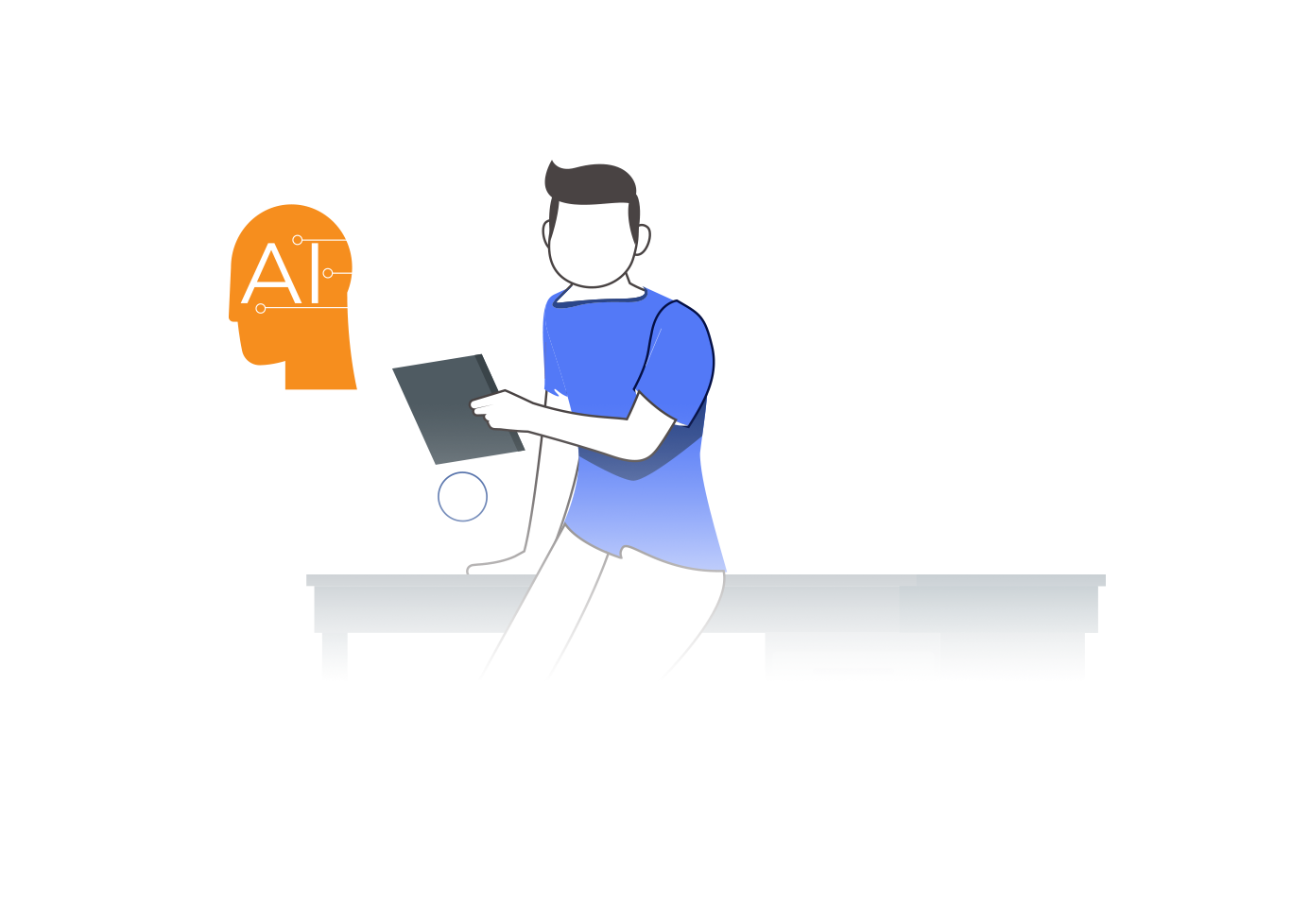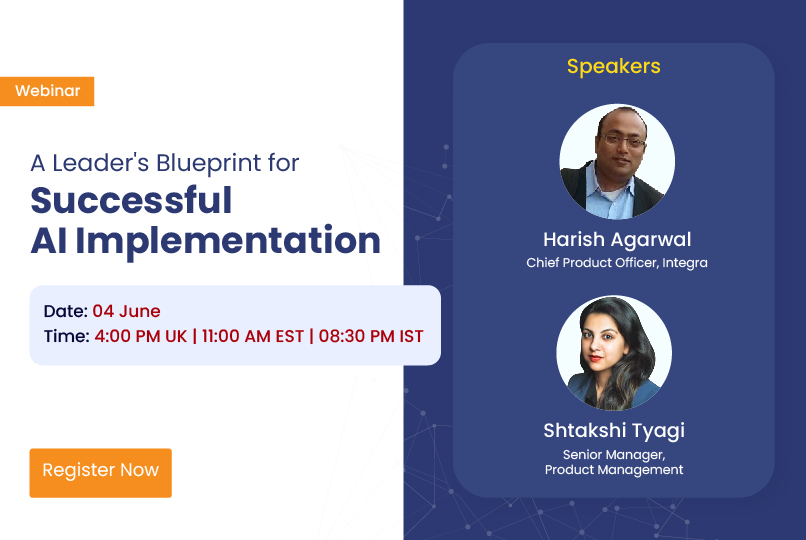Month: May 2024
Exploring GPT-4o: Revolutionizing Education with Multimodal AI
OpenAI Introduces GPT-4o
OpenAI has introduced GPT-4o, the latest iteration in its series of generative pretrained transformers. GPT-4o, where ‘o’ stands for ‘omni,’ integrates capabilities to handle text, speech, and video, marking a significant leap in AI’s applicability across various domains, especially education. In increasingly digital and diverse learning environments, GPT-4o’s multimodal capabilities are set to redefine educational technology.
By aligning AI technology with multimodal learning principles, GPT-4o promises to enhance the educational experience, making learning more interactive, inclusive, and effective. This article explores how GPT-4o can revolutionize educational methodologies, facilitate real-time interaction, and foster a creative and critical learning environment.
What is GPT-4o and How Does It Work?
GPT-4o represents a significant advancement over its predecessor, GPT-4 Turbo. This new model not only maintains OpenAI’s tradition of powerful language models but also expands its functionality to comprehend and generate content across text, speech, and video. The ‘omni’ in its name underscores its capacity to operate seamlessly across these multiple modalities, thus offering an integrative solution for complex communication and interaction scenarios like an educational and training context.
GPT-4o is built on a more robust and efficient architecture, processing information at twice the speed of previous models while reducing operational costs by 50%. These improvements make GPT-4o faster and more accessible to a wide range of users, from individual educators and students to large educational institutions.
GPT-4o excels in interacting in real-time across various formats. Whether answering questions based on text, responding to spoken words, or analyzing visual content, GPT-4o adapts its responses to suit the user’s needs. This flexibility is particularly valuable in educational settings, accommodating different learning styles and enhancing the overall learning experience.
Assessing GPT-4o’s Impact on Education
One of the hallmark features of this advanced AI model is its enhanced processing speed. This improvement allows for near-instantaneous feedback and interaction, which is crucial for educational applications where timing and responsiveness significantly impact learning outcomes.
- Real-time and Interactive Feedback Loops
- In scenarios where students require immediate clarification during lessons, GPT-4o’s rapid response capabilities ensure that the flow of learning is maintained without disruptions.
- Accessibility and Inclusive Education
- With a 50% reduction in operational costs compared to earlier models, educational institutions can deploy GPT-4o more broadly.
- Advanced AI tools become accessible to a wider array of educational settings, including under-resourced schools.
- This democratization of technology is pivotal in levelling the educational playing field.
- Higher Rate Limits and Expanded Access
- The model offers five times higher rate limits, allowing it to handle more simultaneous interactions.
- For large classes or online courses with numerous participants, the AI can efficiently manage multiple queries and interactions at once.
- This facilitates a more engaging and interactive educational experience for a larger number of students.
The Impact of GPT-4o on Educational Methods
The integration of GPT-4o into educational frameworks heralds a significant shift in teaching and learning methodologies. Let’s explore how this advanced AI technology can revolutionize education.
- Versatile Content Generation
- GPT-4o can understand and generate content through text, speech, and video.
- It can be tailored to various educational activities, from traditional classroom settings to online learning platforms.
- Dynamic and Interactive Lessons
- Teachers can leverage GPT-4o’s capabilities to create lessons that cater to different learning styles and needs.
- Interactive Learning Assistants
- GPT-4o can help explain complex concepts through engaging dialogues or simulations.
- For example, history teachers might use GPT-4o to simulate historical debates or reenactments, providing students with a vivid, immersive learning experience.
- In science classes, the AI model could analyze experimental data live and assist students in drawing conclusions, enhancing their analytical skills.
- Personalized Learning Experiences
- GPT-4o’s capabilities can be utilized to offer real-time feedback on student assignments.
- The AI can moderate discussions in virtual classrooms, ensuring that all students are actively engaged and supported in their learning journey.
- Real-Time Interaction and Accessibility
- GPT-4o provides more natural and fluid conversations during learning sessions.
- This is particularly beneficial for students with disabilities or those who require additional educational support, as the AI can adapt its interaction style to meet diverse needs.
- Multilingual Support for Global Education
- GPT-4o’s multilingual capabilities greatly enhance its applicability in multilingual and multicultural educational contexts.
- This ensures that educational content is accessible to non-English speakers and culturally relevant and sensitive, fostering a more inclusive educational environment.
Challenges and Considerations
While the advantages of integrating GPT-4o into educational settings are significant, the adoption process comes with its own set of challenges. Let’s explore some of these key concerns:
- Digital Divide
- Access to advanced technologies like GPT-4o can be uneven across different socio-economic groups.
- Schools in less affluent areas may struggle with the initial investment required to implement and maintain such technology, despite its long-term cost-efficiency.
- Training and Familiarity
- Substantial training and development are necessary to ensure educators are well-equipped to utilize GPT-4o effectively.
- Educators must be familiar with both the operational aspects of the AI and skilled in integrating it into their teaching practices in a way that complements traditional educational methods.
- Data Privacy and Ethical Considerations
- Protecting student information processed by AI systems is paramount.
- Ensuring fairness in AI algorithms to eliminate bias in education.
- As AI like GPT-4o becomes more prevalent, there’s a potential risk of diminishing interpersonal communication skills among students.
Transforming Education with the Power of AI
The advent of advanced AI models marks the beginning of a transformative era in educational technology. As these tools evolve, they promise to enhance and redefine learning experiences. Continuous innovation will likely introduce more sophisticated capabilities, integrating AI into everyday educational practices.
Despite AI advancements, educators remain crucial. Teachers must adapt, using AI as a supplement, not a replacement, to enhance teaching strategies. New challenges will arise, such as balancing technology with traditional methods, ensuring equitable AI access, and addressing ethical and privacy concerns. Educators, technologists and policymakers must collaborate to navigate these issues. Looking ahead, AI integration like GPT-4o could foster collaborative learning environments, support traditional subjects, and promote critical thinking, problem-solving and adaptability. AI can tailor learning to individual needs, transforming educational content delivery. Embracing these changes ensures students become skilled navigators of a rapidly evolving digital world.


